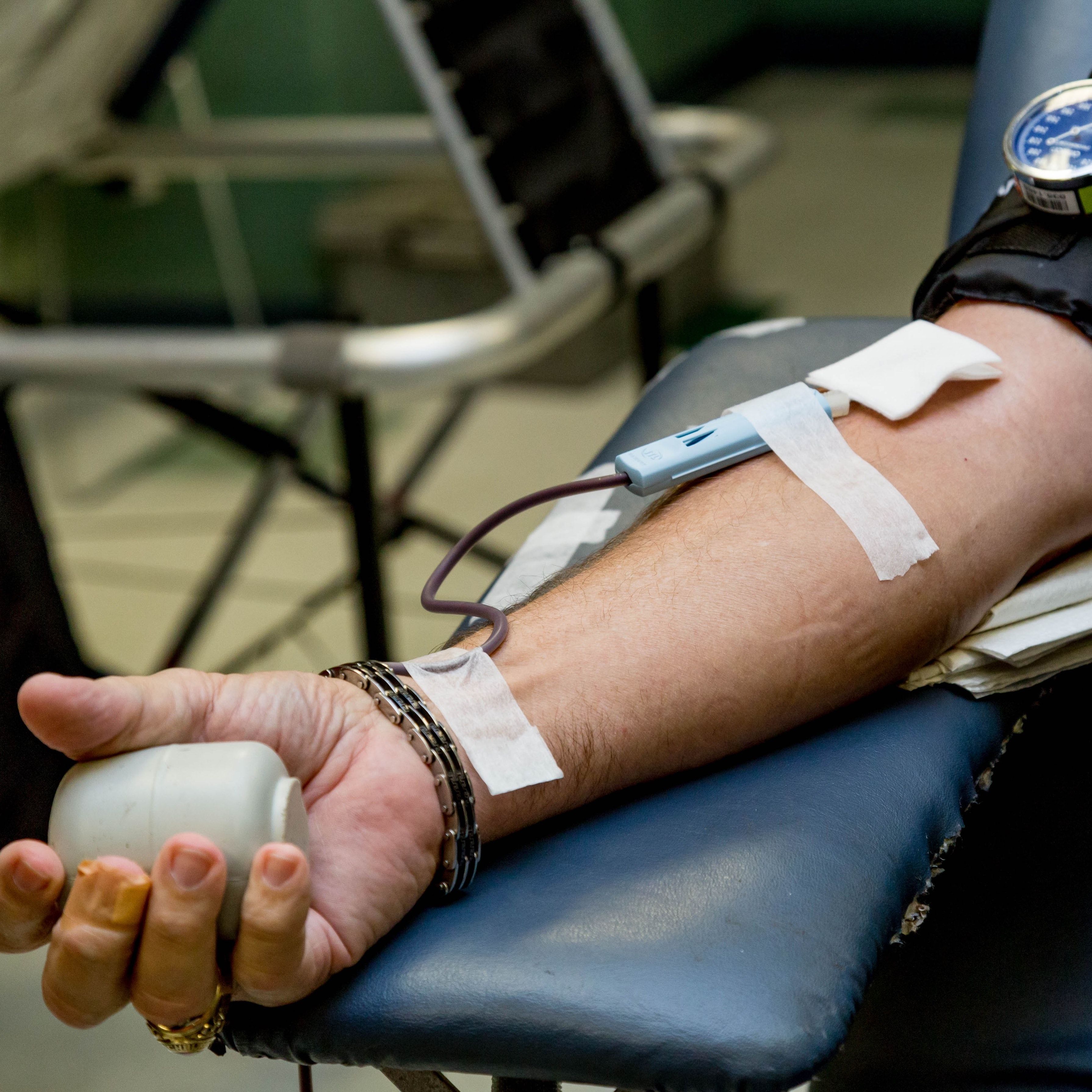Article
Study Offers New Strategy for HIV Vaccine
Author(s):
Scientists say they have found evidence that could make it easier to ensure that an HIV vaccine would produce durable and highly effective antibodies.
Sugar molecules that perform an “anchor” function could be critical in the development of a vaccine against HIV, according to a new study.

Researchers at the Scripps Research Institute in California found that clusters of sugar molecules known as glycans can be an anchor for antibodies that can inhibit HIV. The finding could be important because it gives vaccine developers a new strategy in the quest to create a vaccine that works against the virus that causes acquired immunodeficiency syndrome (AIDS).
“We learned in this study that grabbing hold of these glycans can be a very important early step in an effective immune response to HIV, and with this knowledge, we believe we can design better candidate vaccines,” Dennis R. Burton, PhD, co-chair of the Department of Immunology and Microbiology at Scripps, told MD Magazine.
One reason it has been difficult to find a successful vaccine to fight HIV is that the virus has a wide number of variants, literally hundreds of thousands of different strains, according to the institute.
However, scientists have been able to identify a small number of broadly neutralizing antibodies (bnAbs), which can successfully fight a broad range of HIV strains because they target parts of the virus that do not vary significantly between strains.
One family of bnAb in particular (VRC26) has proven particularly potent. VRC26 works by attaching itself to the V2 apex on the viral envelope protein. That attachment appears to block the viral envelope structure from changing in such a way that would enable HIV infection.
The problem is that bnAbs are not present in most patients with HIV. Even when they are present, these antibodies are not present in sufficient numbers to actually neutralize HIV. Thus, another major challenge in vaccine development is finding a way to create higher numbers of bnAbs.
That’s where the new research comes in.
In attempting to “reverse engineer” their way to a vaccine, the researchers noted that it takes a long time — many generations — for a B cell to transform into VRC26. Thus, a patient’s body can’t immediately start producing VRC26 upon vaccination.
The researchers found that the change to VRC26 was most likely to occur if the B cells stick to the glycans at the V2 apex. The glycans can then “anchor” the B cells and increase the likelihood that they eventually evolve into VRC26.
The researchers say this insight could help vaccine developers because it suggests that vaccines that incorporate the anchor function of glycans might have a greater likelihood of successfully producing the right kind of antibodies to fight the disease.
The new study adds to a broad range of efforts currently ongoing to finally find a way to prevent HIV infection, Mark Feinberg (pictured), president and CEO of the International AIDS Vaccine Initiative, said.
“There is a great deal of energy at every stage of the development pipeline — from promising antibody discoveries to novel vaccine platforms, from early-phase clinical trials to one very large efficacy trial now being conducted in South Africa,” he told MD Magazine.
Feinberg said it’s important to go down all avenues of potential advancement.
“We can’t afford not to optimize investment in any one of these possibilities,” Feinberg said.
The study, “Glycans Function as Anchors for Antibodies and Help Drive HIV Broadly Neutralizing Antibody Development,” was published online in the journal Immunity last month.





